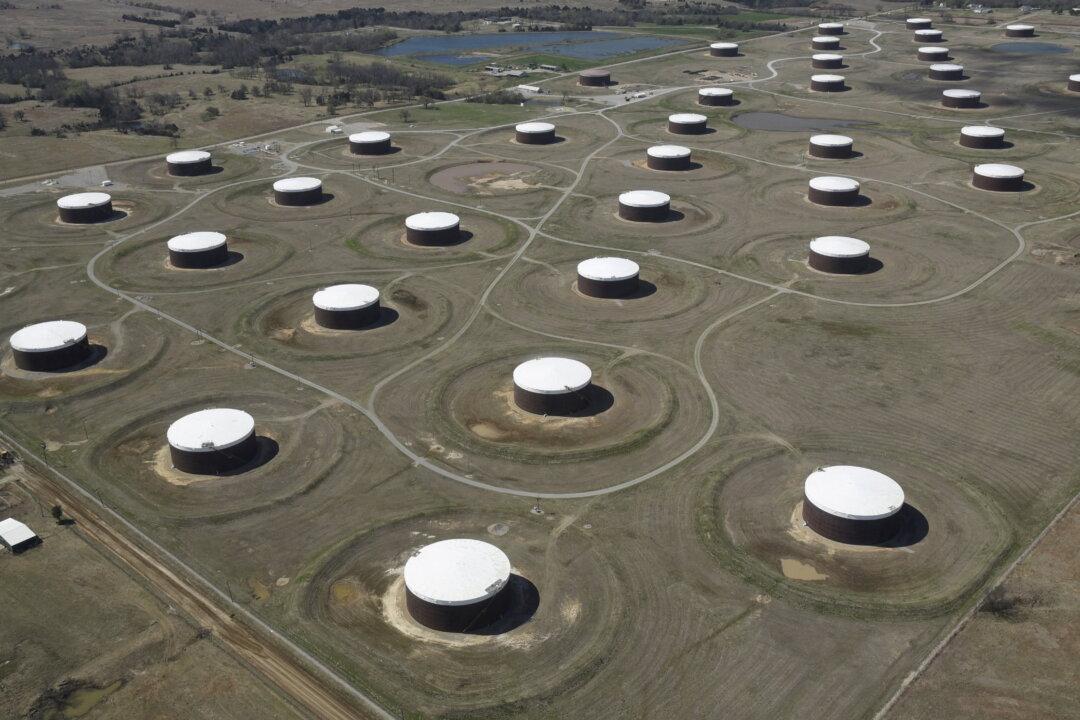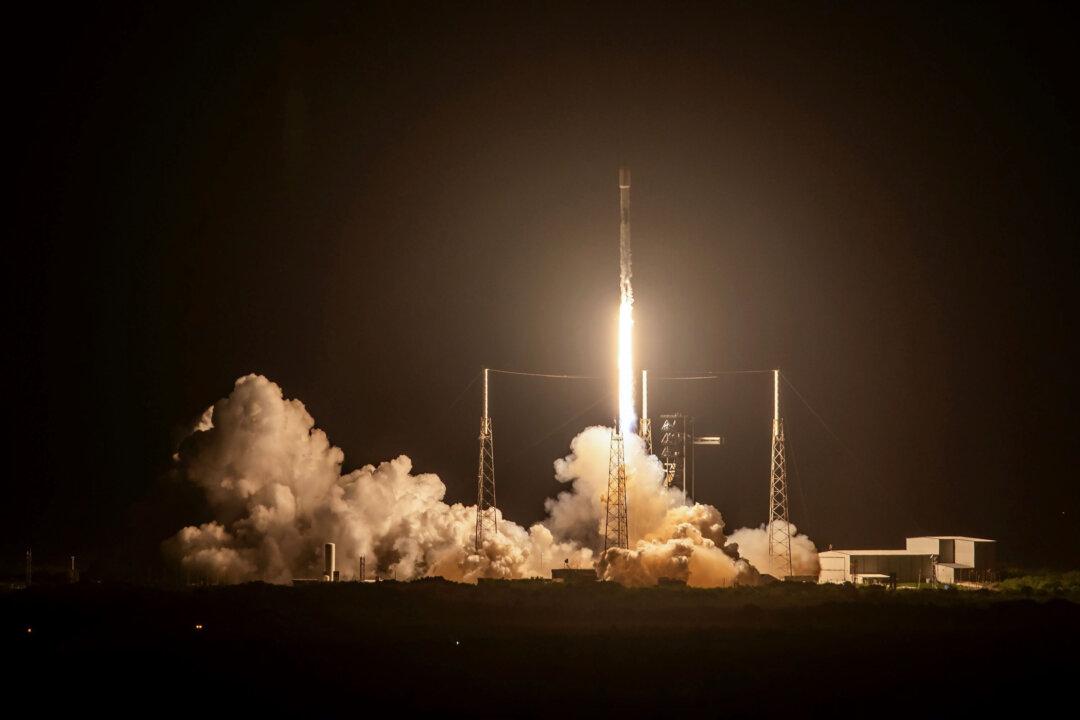Brent crude oil prices breached $139 per barrel in early trade on March 7 due to the possibility of a ban on Russian oil exports as well as delays in a U.S.–Iran deal, which has been further complicated by the war in Ukraine.
As it touched $139.13 a barrel, Brent crude prices broke through the peak hit in July 2008. Prices subsequently fell and were trading around $123 at 4:40 p.m. UTC. U.S. West Texas Intermediate (WTI) price hit $130.50, its highest since July 2008, and was trading at $117 as of 5:11 p.m. UTC. Oil prices have risen by over 60 percent this year and many experts are predicting for it to go up further because of the ongoing Russia–Ukraine conflict.





